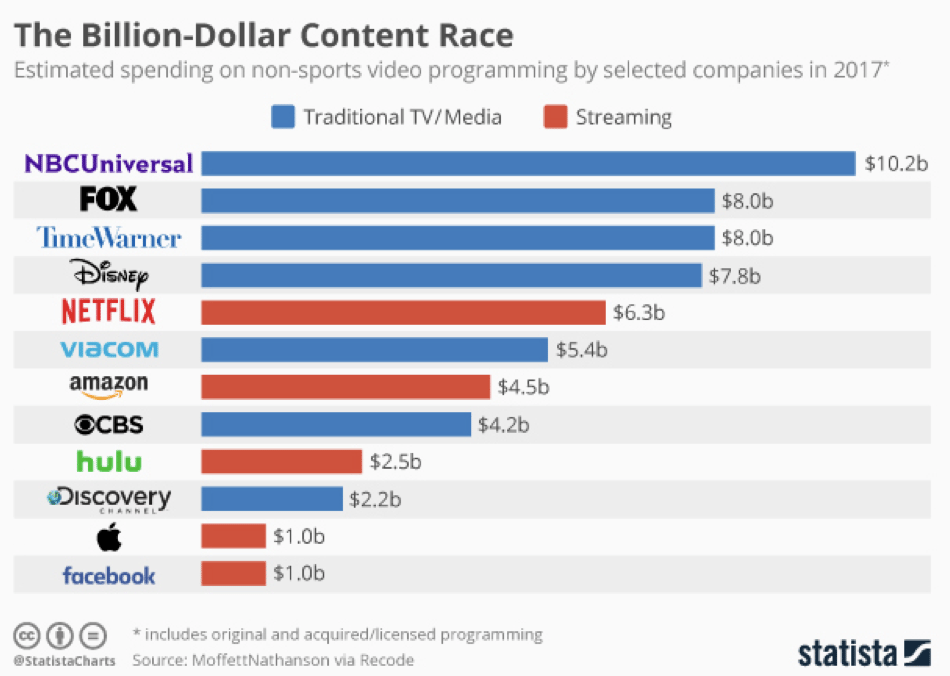One of the most important growth businesses for Apple has been their services division. It brings in about $7.5 billion a quarter now, and it could be a Fortune 100 business if it were ever spun off to be a business on its own.
As I have been thinking about Apple’s services business over the last few weeks, two key conversations I had with Sony Co-Founder Akio Morita and Steve Jobs many years ago came to mind.
Not long after Sony purchased a movie studio, I had the privilege of interviewing Mr. Morita on one of my trips to Japan. Sony was known primarily as a hardware company that made TV’s, portable music players and stereo equipment at that time. I was curious as to why Mr. .Morita bought a movie company, and he told me that he saw movies as just “digital bits,” and to him, it represented important content that could be shown or used on his devices. Keep in mind this was over a decade before the idea of content tied to devices was really in focus and showed the incredible foresight Mr. Morita had as Sony’s CEO.
It’s sad that Sony’s leadership has never had the forward thinking that Mr. Morita brought to his role as CEO once he retired and Sony lost their portable music lead to Apple and the iPod. They also missed out when it came to laptops, smartphones, and tablets too. They are being challenged again by competition in smart TV’s in a big way, and even their game console is coming under greater pressure as we are seeing more and more gamers moving to PC gaming and starting to leave their console game systems behind. Sony’s constant restructuring and cost-cutting and leadership that does not plan for the long range will continue to challenge their market positions if this keeps happening.
Steve Jobs was a real fan of Mr. Morita, and he had a similar view of content being digital, especially music content. On numerous occasions when I spoke with Jobs about his focus for Apple’s future, he made it very clear that Apple is at first a software company and the hardware they create is there to be the vehicle for their software and content to be deployed. It is essential to look at Apple from a holistic approach since their software drives hardware designs and becomes the way they also deliver content and services.
However, services have become even more critical to their overall business since it is not only a major revenue source, but it is one of the ways they are future proofing their business for the long run. Indeed, Apple’s goal is to use software, hardware, and services to tie people to their overall ecosystem and continue to give them solid reasons to either stay with Apple products or entice users of alternative operating systems to switch to Apple products.
Given that Jobs understood the role content plays in tying software to devices as part of the Apple’s ecosystem, it has been surprising how far behind Apple is to competitors when it comes to how much they are investing in content beyond their current music offerings.
The chart below shows Apple investing about $1.0 billion on non-sports video programming in 2017 compared to Netflix who spent $6.3 billion and Amazon who spent $4.5 billion. And Netflix is said to be planning about 700 original series in 2018 and could spend up to $8 billion this year on programming alone.
Given Steve Jobs strong position on content and Apple knowing they need more to keep people in their ecosystem, this current spending on content and programming seems pretty unaggressive. That said, if you look at what they spend in contrast to competitors, and the fact that they need to be more aggressive in obtaining the kind of programming that will keep people coming to or staying in their ecosystem, it leads one to think that perhaps Apple has their eye on some bigger prize in the content space.
Apple could create more original content and also go after some existing shows to add to their video programming. However, it might make sense for Apple to take a page from Sony’s playbook and buy a major movie studio, or at the very least, perhaps acquire some dedicated production companies that already have proven content and the ability to create more shows quickly to help add to Apple’s overall programming for their customers.
However, with Amazon and Netflix also bidding for more content and pushing production companies to create new shows for their services, the competition for Apple to get great programming for themselves will be fierce. That is why buying a major studio with an existing library, and the means to create more original movies and TV shows might be the best way for Apple to gain more control of their content future.


Thank you for great information. I look forward to the continuation.
Some really excellent info Sword lily I detected this.
Great information shared.. really enjoyed reading this post thank you author for sharing this post .. appreciated